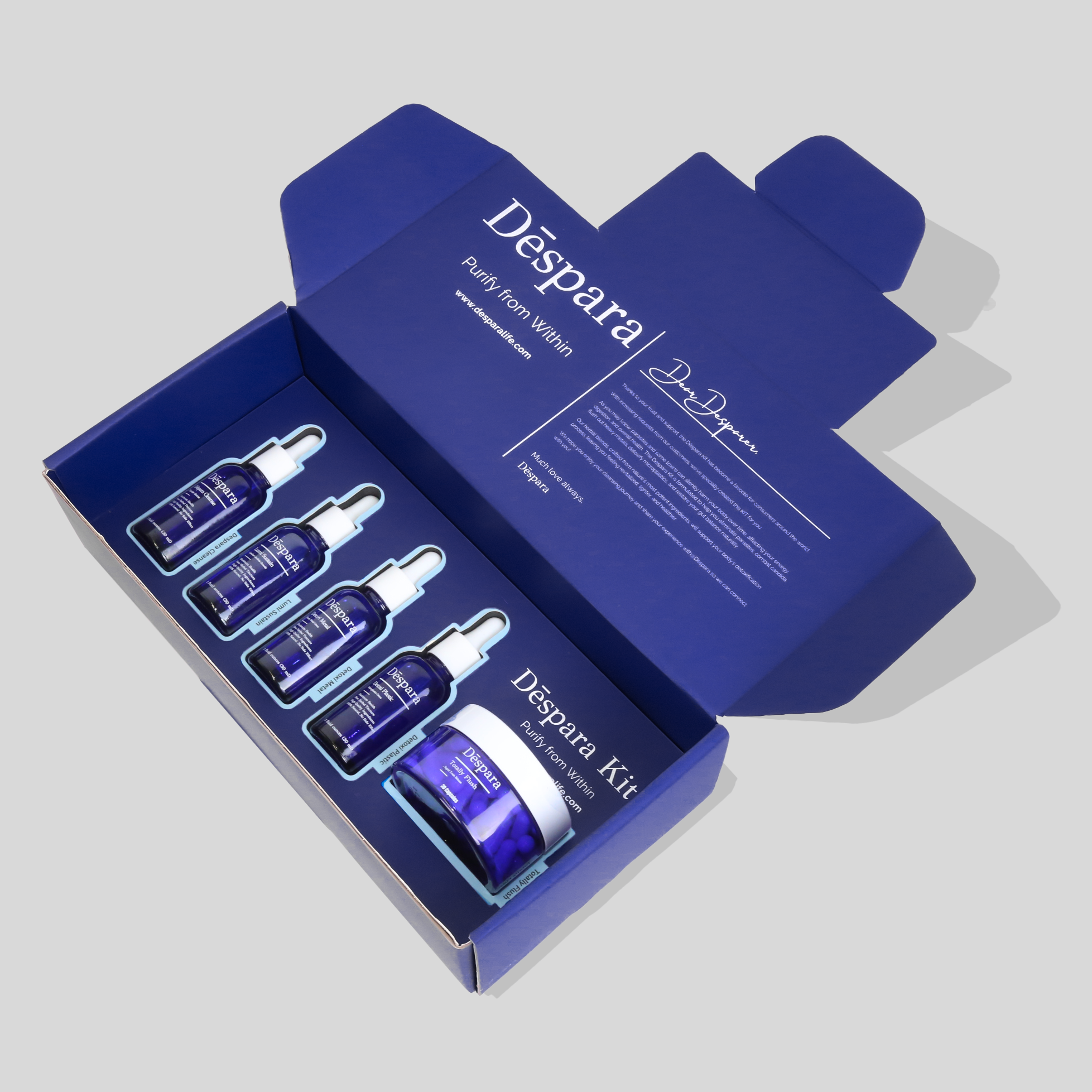2. Problèmes neurologiques
Heavy metal poisoning can directly affect the nervous system, leading to noticeable neurological damage. The common symptoms include: ### Lead Poisoning - **Neurological Symptoms**: Headache, dizziness, memory loss, difficulty concentrating, and in severe cases, coma or convulsions. - **Gastrointestinal Symptoms**: Abdominal pain, constipation, and anemia. - **Other Symptoms**: Muscle cramps, irritability, and in children, developmental delays and learning difficulties. ### Mercury Poisoning - **Neurological Symptoms**: Tingling and numbness in the hands and feet, difficulty walking, tremors, and in severe cases, hallucinations, delirium, and death. - **Gastrointestinal Symptoms**: Nausea, vomiting, abdominal pain, and diarrhea. - **Skin Symptoms**: Rash and itching. - **Other Symptoms**: Muscle weakness and kidney damage. ### Cadmium Poisoning - **Neurological Symptoms**: Muscle weakness, loss of coordination, and in severe cases, paralysis. - **Gastrointestinal Symptoms**: Abdominal pain, vomiting, and kidney damage. - **Other Symptoms**: Bone pain and fractures (known as "Itai-itai" disease in Japan). ### Arsenic Poisoning - **Neurological Symptoms**: Headache, confusion, memory loss, and in severe cases, seizures, coma, and death. - **Gastrointestinal Symptoms**: Nausea, vomiting, diarrhea, and stomach pain. - **Skin Symptoms**: Darkening of the skin, dryness, and peeling. - **Other Symptoms**: Cancer risk increase and heart disease. ### Copper Poisoning - **Neurological Symptoms**: Headache, dizziness, tremors, and in severe cases, seizures and coma. - **Gastrointestinal Symptoms**: Nausea, vomiting, abdominal pain, and diarrhea. - **Kidney Symptoms**: Kidney damage and failure. - **Other Symptoms**: Liver damage and Wilson's disease (a genetic disorder). ### Thallium Poisoning - **Neurological Symptoms**: Nausea, vomiting, abdominal pain, and in severe cases, seizures, coma, and death. - **Gastrointestinal Symptoms**: Diarrhea and bleeding. - **Skin Symptoms**: Hair loss and skin rashes. - **Other Symptoms**: Muscle weakness and kidney damage. ### General Symptoms of Heavy Metal Poisoning - **Headache** - **Dizziness** - **Nausea and vomiting** - **Abdominal pain and diarrhea** - **Muscle weakness and fatigue** - **Confusion and memory loss** - **Seizures and coma** If you suspect heavy metal poisoning, especially if you have been exposed to known sources of heavy metals, it is crucial to seek medical attention immediately. Treatment typically involves removing the source of exposure, chelation therapy to remove the heavy metals from the body, and supportive care to manage symptoms.
- Engourdissement ou picotement dans les mains et les pieds
- Mauvaise coordination, marche instable
- Perte de mémoire sévère
- Difficulté à se concentrer, souvent se sentir confus ou désorienté
- Instabilité émotionnelle, avec augmentation de la dépression ou de l'anxiété


